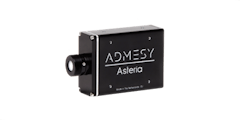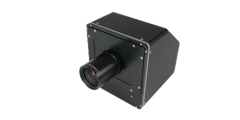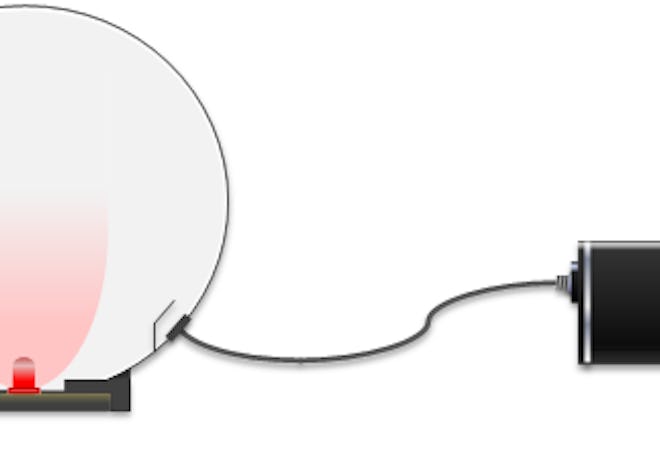
Radiant Power
Radiant power is the amount of power [light] emitted from a source irrelevant of the direction it is emitted, expressed in Watt [W]. Applied to light sources, it is known as spectral power and defines the total amount of power in Watts emitted for each wavelength in each direction. Admesy offers complete solutions with integrating spheres to carry out spectral power measurements for various types of light sources from UV, VIS to UV-NIR.
A typical radiant power measurement setup consists of a spectrophoto- or spectroradiometer connected to an integrating sphere. This combination allows precise determination of spectral power distribution, dominant and peak wavelengths, CRI, CCT, PAR and color. For more information about radiant power measurements of LEDs, please take a look at our corresponding application guide.
| Neo | |
|---|---|
| Spectral analysis | yes |
| Dominant & Peak wavelength | yes |
| Radiance & Irradiance | yes |
| Luminance & Illuminance | yes |
| Radiant intensity | yes |
| Luminous intensity | yes |
| Radiant power | Combined with sphere |
| Luminous power | Combined with sphere |
| Low luminance | yes |
How are you measuring?
With fibers and other accessories even more type of measurements are possible. Often used accessories are integrating spheres, cuvettes for fluids, light sources or filter holders.
A cosine corrector collects the light from the half space under 180 degrees. A typical application is the illuminance measurement of a lighting situation.
Consumers are used to enjoy top-quality displays in their mobile phones, tablets, laptops and even cars. Emerging technologies such as lighting surfaces for office and home illumination are expected to look equally perfect. Both displays and luminous surfaces are the main application areas for imaging colorimeters.
Measuring the luminance or color values at a specific location of the device under test is a typical use case when measuring displays. It can, however, also be meaningful to assess reflected light.
Viewfinder Spectrometer

Standard lens 1.2° spot ⌀ 4.56 mm ‑ 6.71 m
Viewfinder Spectrometer

Close up lens 0.75° spot ⌀ 0.96 ‑ 1.47 mm
Colorimeter 2.1 mm
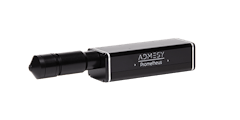
0.001 - 30 000 cd/m²
Colorimeter 5 mm

0.001 - 30 000 cd/m²
Colorimeter 10 mm

0.001 - 30 000 cd/m²
Colorimeter 10 mm wide-angle

0.000 3 - 7 500 cd/m²
Colorimeter 20 mm

0.0003 - 7 500 cd/m²
Colorimeter 27 mm wide-angle

0.0001 - 2 800 cd/m²
Spectrometer
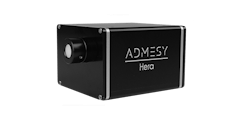
VIS 380 - 780 nm
High-End Spectrometer

VIS 360 - 940 nm

